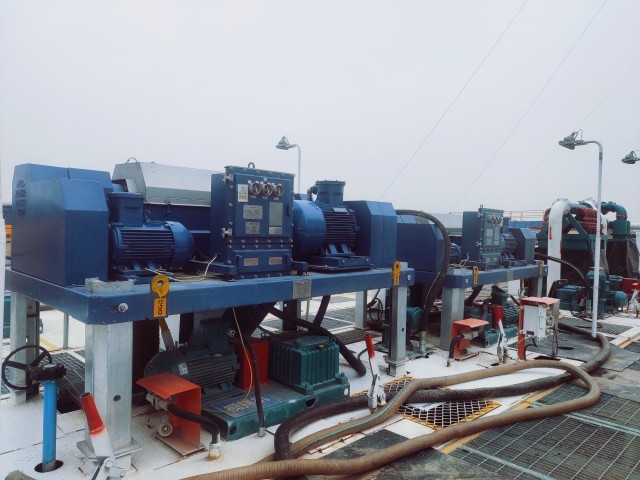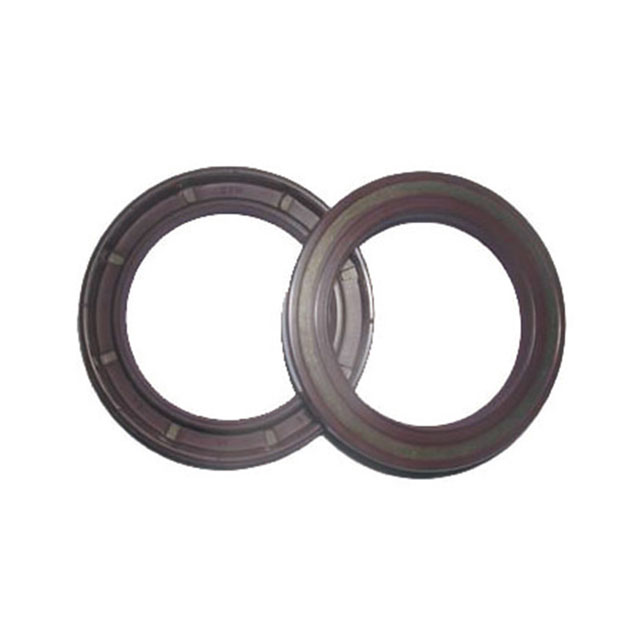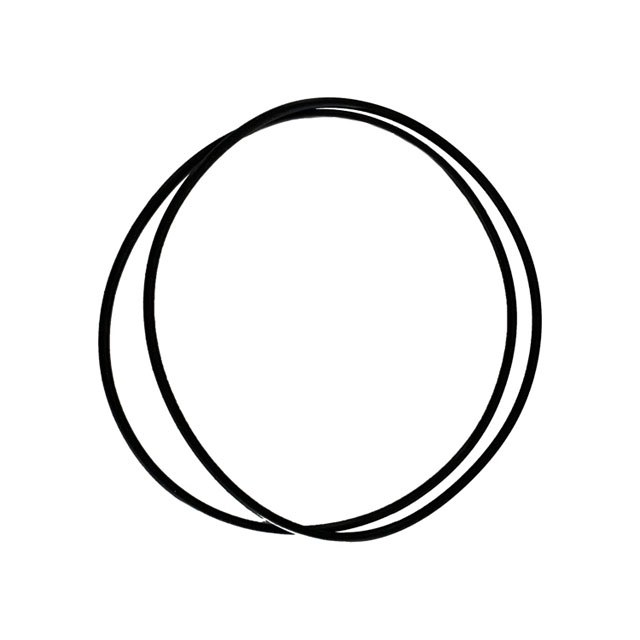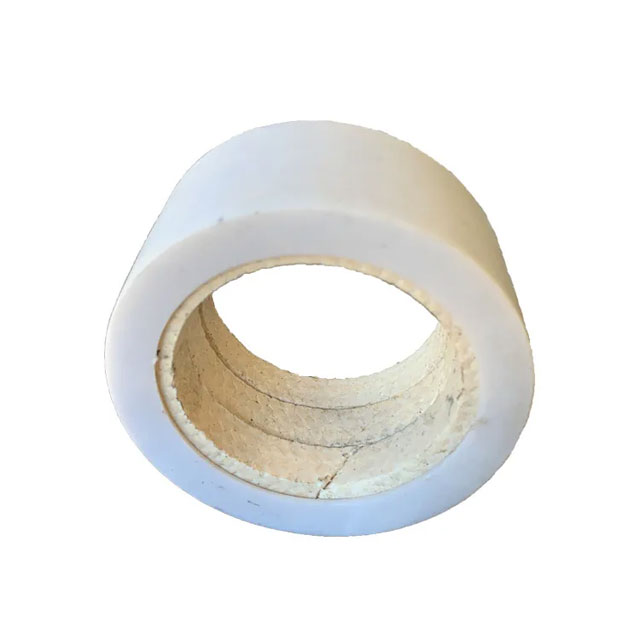WhatsApp: 86-13735815206 / 86-17392256505
WeChat: 86-13735815206 / 86-17392256505
Phone: 86-29-88680837
Mail: sales@hlsolidscontrol.com
Add: Room 804, Building 1, Western Cloud Valley Phase II, Fengxi New Town, Xixian New District, Shaanxi Province
WeChat: 86-13735815206 / 86-17392256505
Phone: 86-29-88680837
Mail: sales@hlsolidscontrol.com
Add: Room 804, Building 1, Western Cloud Valley Phase II, Fengxi New Town, Xixian New District, Shaanxi Province
How to adjust the operating parameters of a Decanter Centrifuge
Time: 2024-06-19 Source: Solids Control Equipment Author: Mrek
In normal operation, the Decanter Centrifuge can continuously separate the material into solids and liquids through spiral motion. Modern industrial production requires that this process of "separation-discharge-continue separation-continue discharge" should be automated and continuous, so correct equipment use and parameter adjustment are particularly important.
When the Decanter Centrifuge starts feeding, we should continuously observe and appropriately adjust the drum speed, spiral differential, overflow weir position or variable impeller position, and coordinate the increase in feed volume and changes in drilling fluid familiarity to explore a set of operating parameters suitable for the current situation, so that a balance can be reached between the dryness of the solid residue and the clarity of the clear liquid in the Decanter Centrifuge.

The process of continuous and automated solid-liquid separation in the centrifuge is achieved through the relative rotational motion between the spiral and the centrifuge drum body. We call this relative rotational motion the "differential speed" of the centrifuge.
The induction of the dryness of the solid residue by the push screw is reflected by the load of the spiral operation, that is, the spiral "torque". The torque induction of SIMP gearbox differential mode is indirectly reflected by the load of the drive motor, and the torque in hydraulic differential drive mode is indirectly reflected by the oil pressure of the hydraulic drive motor.
When the speed of the drum is fixed, if we reduce the differential speed of the screw, we can get a relatively dry solid slag discharge, and the corresponding screw pushing torque will become larger. If we increase the screw differential speed, the wetness of the solid slag pushed out by the screw will increase, and the screw pushing torque will decrease.
So when the solid slag is too dry or the pushing torque is too high, we can increase the differential speed to accelerate the slag discharge and reduce the pushing torque. When the solid slag is too wet, we can reduce the differential speed to increase the dryness of the solid slag.
We can gradually stabilize the dryness of the solid slag by continuously adjusting the operating parameters of the Decanter Centrifuge. In the specific operation, we observe the load or torque of the differential drive motor, or the oil pressure of the hydraulic pipeline. If the load of the differential drive motor or the oil pressure of the hydraulic pipeline is stable, we can conclude that the dryness of the solid slag discharged by the centrifuge is very stable.
The drum speed directly determines the centrifugal force on the material inside the decanter centrifuge, and directly determines the sedimentation speed and processing capacity of the solids. Increasing the drum can obtain a clearer separation liquid, and the solid slag dryness of the corresponding centrifuge will become drier. At the same time, due to the increase in sedimentation speed, the processing capacity of the decanter centrifuge will increase accordingly.
We are a Chinese solids control equipment manufacturer with 20 years of R&D, production and sales history. Our decanter centrifuges are sold all over the world. If you are interested in our equipment or have any questions, please feel free to contact us and we will serve you wholeheartedly.
When the Decanter Centrifuge starts feeding, we should continuously observe and appropriately adjust the drum speed, spiral differential, overflow weir position or variable impeller position, and coordinate the increase in feed volume and changes in drilling fluid familiarity to explore a set of operating parameters suitable for the current situation, so that a balance can be reached between the dryness of the solid residue and the clarity of the clear liquid in the Decanter Centrifuge.

The process of continuous and automated solid-liquid separation in the centrifuge is achieved through the relative rotational motion between the spiral and the centrifuge drum body. We call this relative rotational motion the "differential speed" of the centrifuge.
The induction of the dryness of the solid residue by the push screw is reflected by the load of the spiral operation, that is, the spiral "torque". The torque induction of SIMP gearbox differential mode is indirectly reflected by the load of the drive motor, and the torque in hydraulic differential drive mode is indirectly reflected by the oil pressure of the hydraulic drive motor.
When the speed of the drum is fixed, if we reduce the differential speed of the screw, we can get a relatively dry solid slag discharge, and the corresponding screw pushing torque will become larger. If we increase the screw differential speed, the wetness of the solid slag pushed out by the screw will increase, and the screw pushing torque will decrease.
So when the solid slag is too dry or the pushing torque is too high, we can increase the differential speed to accelerate the slag discharge and reduce the pushing torque. When the solid slag is too wet, we can reduce the differential speed to increase the dryness of the solid slag.
We can gradually stabilize the dryness of the solid slag by continuously adjusting the operating parameters of the Decanter Centrifuge. In the specific operation, we observe the load or torque of the differential drive motor, or the oil pressure of the hydraulic pipeline. If the load of the differential drive motor or the oil pressure of the hydraulic pipeline is stable, we can conclude that the dryness of the solid slag discharged by the centrifuge is very stable.
The drum speed directly determines the centrifugal force on the material inside the decanter centrifuge, and directly determines the sedimentation speed and processing capacity of the solids. Increasing the drum can obtain a clearer separation liquid, and the solid slag dryness of the corresponding centrifuge will become drier. At the same time, due to the increase in sedimentation speed, the processing capacity of the decanter centrifuge will increase accordingly.
We are a Chinese solids control equipment manufacturer with 20 years of R&D, production and sales history. Our decanter centrifuges are sold all over the world. If you are interested in our equipment or have any questions, please feel free to contact us and we will serve you wholeheartedly.



